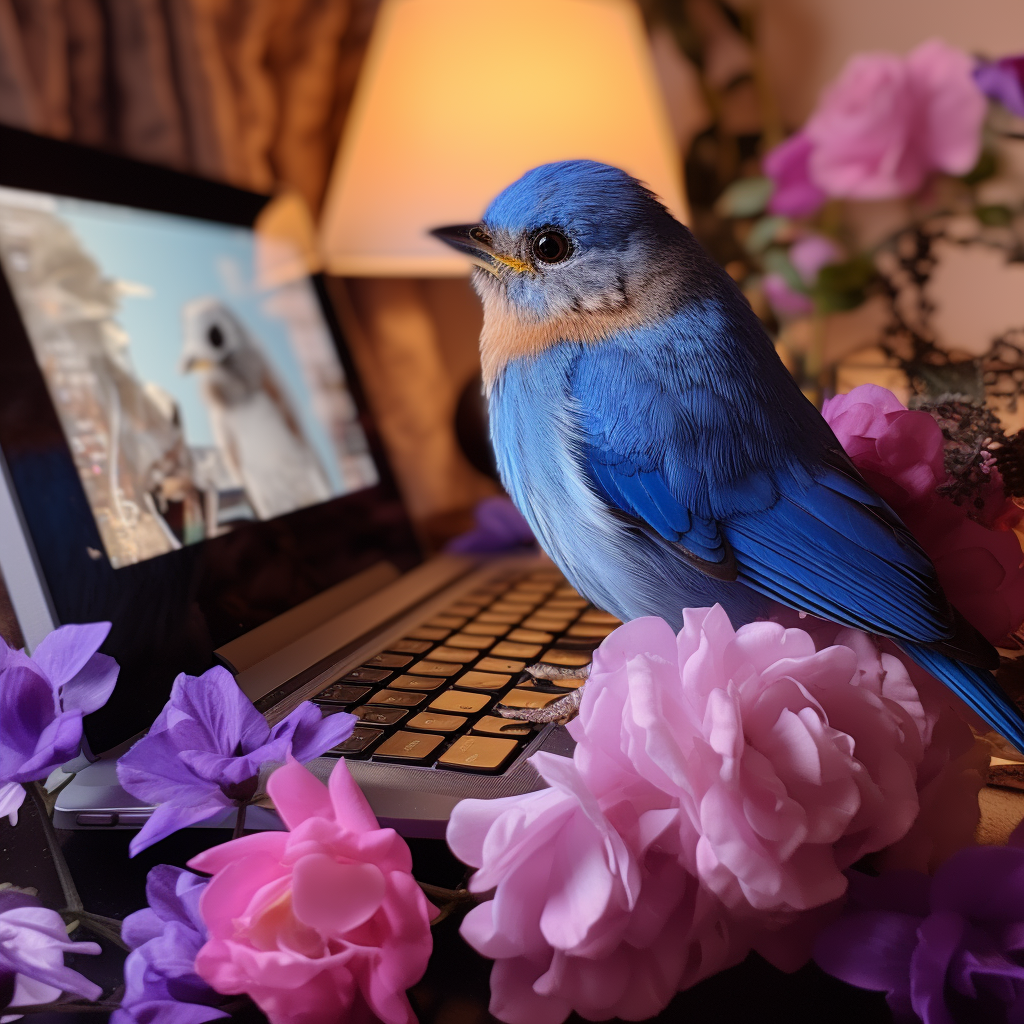
So, you’ve poured your heart and soul into crafting beautiful poems. But here comes the big question: how much should I sell my poetry for? Pricing your poems is an art in itself, a delicate dance between valuing your work and making it accessible to your readers. In this guide, we’ll navigate the intricate path of poetry pricing, exploring the factors to consider, pricing strategies, market research, and dos and don’ts. By the end of this journey, you’ll be equipped with the knowledge to put a price tag on your poetic creations.
Factors to Consider When Pricing Poetry

Before we dive into the specifics of pricing, let’s take a moment to understand the various factors that can influence your pricing decisions. Poetry isn’t just about words; it’s about context, emotions, and connection. Here are the key factors to consider:
1. Length of the Poem
Much like the size of a canvas for a painter, the length of your poem matters. Longer poems may command higher prices, while shorter ones might be more budget-friendly.
2. Your Reputation as a Poet
Are you a seasoned poet with a loyal following, or are you just starting on your poetic journey? Your reputation can impact the perceived value of your work.
3. Target Audience
Who are you writing for? Understanding your audience’s willingness to pay is crucial. Are your readers poetry enthusiasts or casual readers looking for a meaningful piece?
4. The Medium of Publication
Will your poetry be published in a book, online, or in a print magazine? Different mediums have different pricing norms.
5. Market Demand
Is there a high demand for your style of poetry? High demand can often allow for higher pricing.
6. Competition
What are other poets charging for similar work? Competitive analysis can help you find the right pricing range.
7. Uniqueness of Your Poetry
Consider what sets your poetry apart. Is it deeply personal, touching on unique themes or experiences? The more distinctive your voice, the more you can justify higher prices.
8. Production Costs
If you’re self-publishing your poetry in print or e-book format, take into account the production costs, including editing, cover design, and formatting. These expenses can affect your pricing strategy.
9. Additional Content
Are you including additional content, such as author commentary, illustrations, or audio recordings of your poems? These extras can enhance the perceived value of your poetry.
10. Pricing Models
There are various pricing models to consider. Will you sell individual poems, poetry collections, or offer a subscription service? Each model has its own pricing dynamics.
11. Royalties and Income Goals
Determine how much you aim to earn from your poetry. Self-publishing platforms often have different royalty rates, which can influence your pricing decisions.
12. Marketing Efforts
Your marketing strategy plays a significant role in pricing. If you invest heavily in promoting your poetry, you might be able to charge higher prices.
13. Reader Feedback
Pay attention to reader feedback. If readers consistently find your work to be a great value, it might be an indicator that your pricing is on the mark. Conversely, if pricing is a consistent concern, it’s worth reevaluating.
14. Adjusting Over Time
Remember that your pricing strategy can evolve. As your reputation grows and you gather more data on reader preferences, don’t hesitate to adjust your prices accordingly.
15. Ethics of Pricing
Lastly, consider the ethics of pricing your poetry. While it’s essential to earn a fair income from your creative work, be mindful not to price your poetry out of reach for those who genuinely appreciate it.
Now that we’ve explored these key factors, you’re better prepared to set a price on your poetry that reflects its true value. It’s not just about numbers; it’s about finding the sweet spot where your words and your readers’ hearts meet. In the next section, we’ll delve into different pricing strategies and models you can apply to your poetry.
How much should I sell my poetry for? Pricing Strategies

Now that we’ve considered the factors, let’s explore some pricing strategies that poets can employ. Remember, there’s no one-size-fits-all approach, and you can mix and match these strategies to suit your unique situation.
1. Fixed Pricing
This is the simplest strategy, where you set a fixed price for your poetry, regardless of length or format. It provides consistency for your buyers.
2. Variable Pricing Based on Poem Length
In this approach, you charge different prices based on the length of your poems. Longer pieces might cost more than shorter ones.
3. Tiered Pricing for Collections
If you’re selling a collection of poems, consider tiered pricing. Offer different packages, such as a single poem, a small collection, and a complete anthology, each at different price points.
4. Special Pricing for Limited Editions or Signed Copies
For collectors and dedicated fans, you can offer limited edition or signed copies at premium prices. These items hold sentimental value.
5. Subscription Models
Consider offering a subscription-based model where readers pay a regular fee (e.g., monthly or annually) to access your exclusive content. This can provide a steady income stream.
6. Pay-What-You-Can Pricing
A more inclusive approach is to let readers choose what they pay within a certain range. This can attract a broader audience, including those with varying budget constraints.
7. Bundle Deals
Create bundles of your poetry, combining various poems or collections at a discounted price compared to purchasing them individually. This encourages readers to explore more of your work.
8. Free Samples with Paid Content
Offer a selection of poems for free to give readers a taste of your work. If they enjoy what they read, they may be more inclined to purchase your paid content.
9. Dynamic Pricing
Utilize dynamic pricing tools that adjust your prices based on demand, reader behavior, or market conditions. This can help you optimize your earnings over time.
10. Event-Based Pricing
Consider adjusting your prices during special events, holidays, or book launch periods. Limited-time discounts or promotions can create a sense of urgency and boost sales.
11. Reader Loyalty Programs
Reward your most dedicated readers with discounts, exclusive content, or early access to new releases. This fosters a sense of community and encourages ongoing support.
12. Crowdfunding
If you have a dedicated fan base, consider crowdfunding platforms like Kickstarter or Patreon to fund your poetry projects. Supporters can contribute various amounts in exchange for rewards.
13. Feedback-Driven Pricing
Engage with your readers and ask for their feedback on pricing. You can even conduct surveys to understand their perceptions of value and adjust accordingly.
14. Non-Monetary Exchanges
Explore alternative ways of receiving value for your poetry, such as bartering or exchanging your work for services or goods. This can be especially meaningful in small communities.
15. Collaborative Pricing
If you collaborate with other artists, decide on pricing together to ensure consistency and fairness.
Remember that your pricing strategy isn’t set in stone. It can evolve over time as you gain insights from reader interactions and market trends. Be flexible and open to adjusting your pricing strategy to align with your goals and your readers’ preferences. In the next section, we’ll discuss the often-overlooked but crucial topic of royalties and income potential for poets.
Unlocking the Perfect Poetic Price: The Art of Market Research

Pricing isn’t set in stone. It’s essential to do some market research to understand what readers are willing to pay for poetry similar to yours. Here are some ways to conduct research:
- Analyze Comparable Poetry: Look at poetry books or collections similar to yours and note their prices.
- Engage with Your Audience: Conduct surveys or ask your audience for their opinions on pricing.
- Use Online Tools: Utilize online tools and platforms that provide market insights into book pricing and reader preferences.
Study Your Peers
One effective method of determining the right price for your poetry is to study your peers in the industry. Take a look at what other poets with a similar style and audience are charging for their work. This can provide valuable insights into the competitive landscape and help you gauge an appropriate price range.
Seek Direct Feedback
Engage with your audience to gather their opinions on pricing. Create surveys or polls on your website or social media platforms to understand what your readers consider a fair price for your poetry. Their input can guide your pricing decisions and foster a sense of involvement among your audience.
Leverage Online Tools and Resources
There are various online tools and platforms designed to assist authors and poets in pricing their work effectively. These resources offer market insights, competitor analysis, and reader preferences. By utilizing these tools, you can make data-driven decisions about your pricing strategy.
Monitor and Adjust
Once you’ve set your initial prices, it’s crucial to monitor their performance. Track sales data, reader feedback, and market trends to assess how well your pricing strategy is working. If you notice that certain poems or collections are selling better at specific price points, consider adjusting your pricing accordingly. Adaptability is key to optimizing your earnings as a poet.
By combining these market research methods with a clear understanding of the factors mentioned earlier, you can confidently set prices that resonate with your readers while ensuring your poetry is valued appropriately. Pricing poetry is an art in itself, and like your verses, it can evolve and improve over time.
Poetry Pricing Do’s and Don’ts

Pricing poetry isn’t just about numbers; it’s about perception, value, and respect for your craft. Here are some dos and don’ts to keep in mind:
Do: Consider Your Target Audience’s Willingness to Pay
Think about what your readers are willing to pay based on their love for poetry and their familiarity with your work.
Don’t: Undervalue Your Work
While it’s essential to be accessible, undervaluing your work can send the message that your poetry lacks quality. Find a balance.
Do: Be Transparent About Your Pricing
Make sure your pricing is clear and visible to potential buyers. Transparency builds trust.
Don’t: Overprice Your Poetry
While you should value your work, setting prices too high can alienate potential buyers. Be fair and reasonable.
Do: Adjust Pricing as Needed
Pay attention to feedback and market trends. Be open to adjusting your pricing if necessary.
Navigating Different Poetry Markets

The pricing of poetry can vary depending on where and how you intend to sell it. Let’s explore some common markets and pricing considerations:
Online Sales
Online platforms like Amazon Kindle Direct Publishing (KDP) allow you to publish and sell your poetry. Pricing can vary based on the e-book format, with shorter poems often sold for less than full collections.
Literary Magazines
If you’re submitting your work to literary magazines, pricing isn’t in your control. However, getting published in respected magazines can boost your reputation and increase the value of your work.
Self-Published Books
For self-published poetry books, consider your production costs and the market you’re targeting. Self-publishing gives you control over pricing, but it also means you’re responsible for promoting and selling your work.
Poetry Contests
Participating in poetry contests can be rewarding, but the entry fees and prizes can vary widely. Research each contest’s guidelines and evaluate whether the potential recognition and prize money align with your goals.
Conclusion: Crafting Your Poetic Value

Pricing your poetry is a nuanced endeavor, one that combines an understanding of your audience, the unique qualities of your work, and market dynamics. Remember, there’s no one-size-fits-all approach, and your pricing strategy can evolve over time. Be transparent, value your work, and stay attuned to your readers’ preferences. With the right balance, you can not only share your poetic creations with the world but also make them accessible to a wide audience.
With these insights, you’re now better equipped to navigate the intriguing world of poetry pricing. Remember that your poetry is a unique expression of your soul, and sharing it with the world is a journey worth embarking on. Happy pricing, and may your words resonate with readers far and wide!
Learn More About Earning Income from Your Poetry
- Publish Poetry Online and Get Paid
- Do you get paid for publishing poetry?
- How can I get my poetry noticed?
- How much should I sell my poetry for?
- How much does it cost to publish poetry?
- Can anybody be a poet?
- What are the 11 rules in writing a poem?
- What is the number one rule of poetry?
- How many lines must a poem have?
- What is a single line of poetry called?
- What is a poem with one line called?
- What is the middle of a poem called?
- Why don’t poets follow grammar rules?
- What is 3 line poetry called?
- What should a poem look like?
- How to write good poems?
1. Can I charge different prices for different poems in the same collection?
Yes, you can. Many poets charge different prices based on the length and complexity of individual poems within a collection. It allows you to offer more accessible options to your readers.
2. Should I offer discounts or promotions for my poetry?
Discounts and promotions can attract more readers, especially during special occasions or book launch events. Consider offering limited-time discounts to entice new readers.
3. How do I determine the right price for my self-published poetry book?
Research the prices of similar poetry books in your genre and consider your production costs. Aim for a competitive price that reflects the value of your work while remaining attractive to potential buyers.
4. Is it a good idea to offer free poems alongside paid ones?
Yes, offering a few free poems can entice readers and give them a taste of your work. It’s a common strategy to draw readers into purchasing full collections.
5. What should I do if readers find my poetry too expensive?
Listen to feedback and consider adjusting your pricing if it consistently deters potential readers. Finding the right balance between valuing your work and accessibility is key.